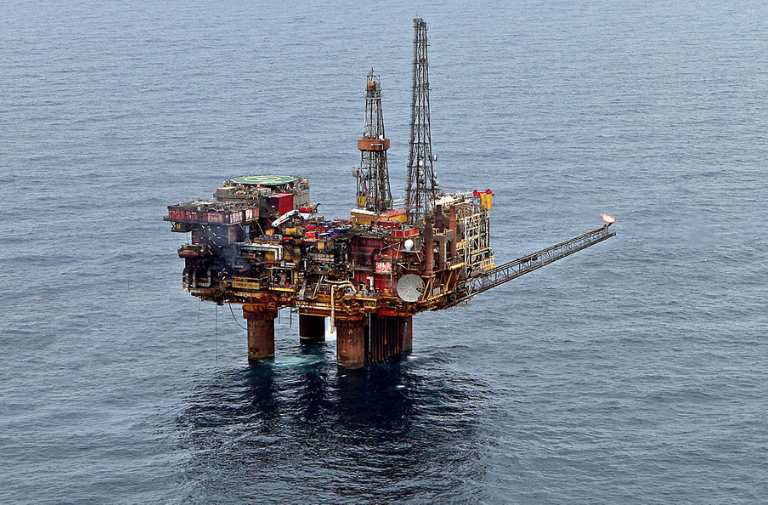
Taqa says its plans to remove “attic oil” from the Cormorant Alpha platform’s huge concrete base will not be derailed by the removal of the topsides.
The Abu Dhabi-headquartered firm said oil would be removed using “existing, proven remote access technology” after the topsides have been taken away.
“Should ongoing cell access be required this can be achieved using the same technology and does not require the topside to remain in place,” Taqa said.
The information was contained in the Cormorant Alpha topsides decommissioning programme, which has been submitted to the UK department for Business, Energy and Industrial Strategy.
Decommissioning of the concrete gravity base substructure (CGBS), comprising four legs and 64 cells, will be addressed in a separate programme, which Taqa intends to submit in 2022 or later.
However, Taqa said it had decided to discuss the CGBS in the topsides document to show that the removal would not “prejudice” the clean-up job.
It is generally accepted that removing the CGBSs is not feasible due to their size and weight, but stakeholders do want the storage cells to be adequately cleaned.
Shell filed decommissioning plans for the legs of its Brent field platforms in February 2017, which included a request to leave the structures in place, but has yet to receive approval.
Taqa estimates that up to 10,856 m3 of oil remains in the Cormorant Alpha cells.
The platform is located about 100 miles north-east of Lerwick, Shetland.
The facilities comprise 40 modules split over two levels, sitting upon the cellar deck, which is attached to the legs.
Production from the installation began in December 1979. The platform was originally operated by Shell-Esso and was sold to Taqa as part of a package of North Sea assets in 2008.
Read more: Taqa’s Cormorant Alpha platform marks 40 years in production
In 1992, 11 men were killed when a helicopter crashed into the North Sea near the platform.
In 2013, a hydrocarbon leak forced the shutdown of the platform for several months while repairs took place, causing a 70% drop in Taqa’s profits at the time.
According to the decommissioning programme, production from Cormorant Alpha would stop in late 2023, with topside removal taking place sometime between 2026 and 2028.
Taqa said it had considered whether the topsides could be repurposed as an offshore renewable energy generation station, a marine research station, a training centre and a fish farming site.
But the company decided there were no credible reuse options due to the age of the infrastructure, its distance from shore, the costs involved, and lack of demand.
The only field that could be impacted by Taqa’s plans is Total’s Alwyn North, which should still be in production when Cormorant Alpha shuts down.
Taqa said Total had identified two alternative export routes, both of which could be set up before Cormorant Alpha is switched off.
Analysts from Wood Mackenzie said last year that Taqa had the largest decommissioning bill of any UK North Sea operator this decade.
Last summer, Taqa submitted decommissioning plans for two other platforms in the northern North Sea — North Cormorant and Tern.
Taqa said at the time that the programme for Cormorant Alpha was in the process of being drafted.
Plans for the removal of the platform’s derrick were filed in 2020.
And last month Taqa started working on the removal of the Brae Bravo platform, one of the largest decommissioning projects in the North Sea.
It is being removed in three phases in 2021 and 2022 using Heerema’s Thialf and Sleipnir vessels.
Recommended for you

